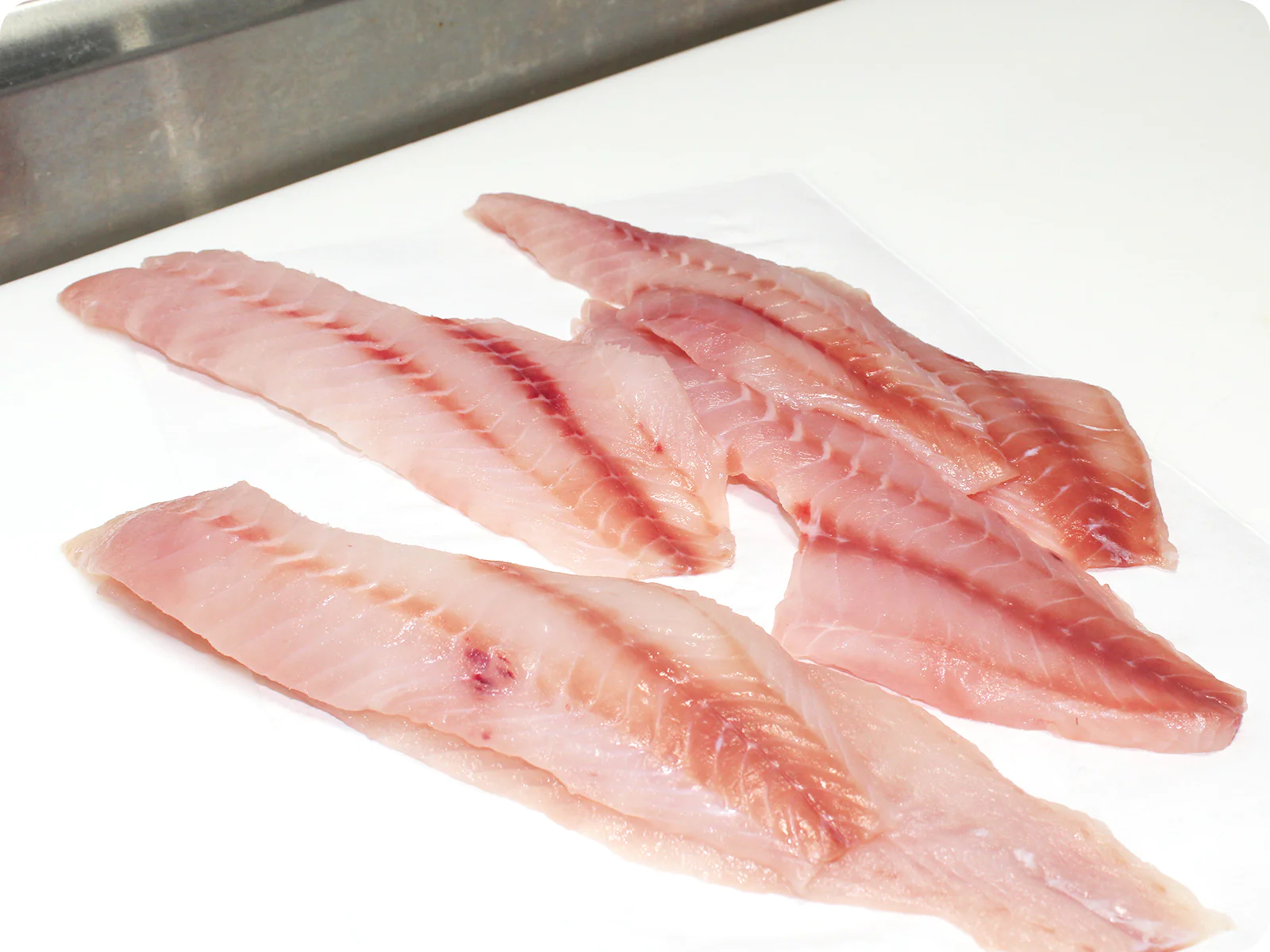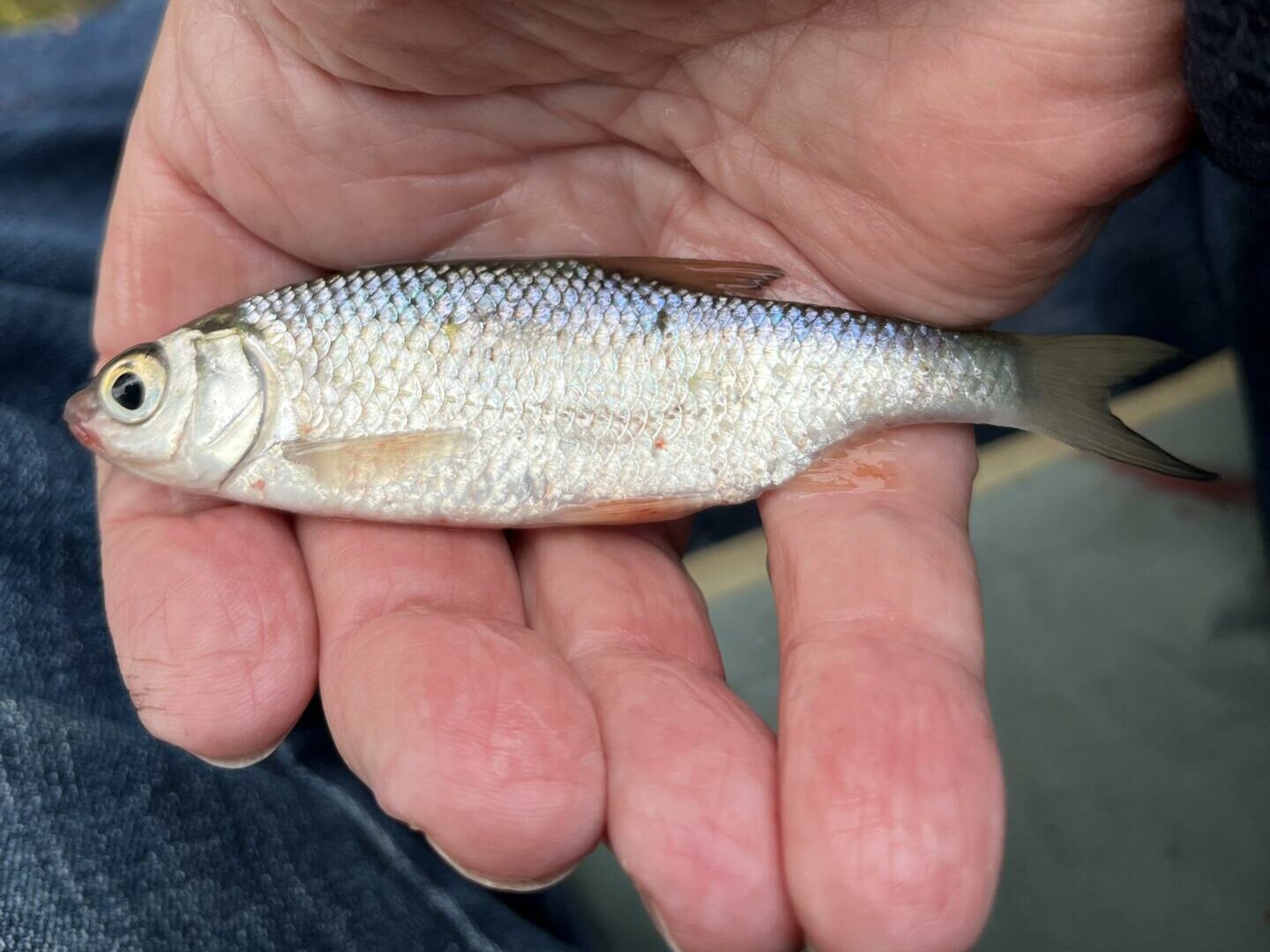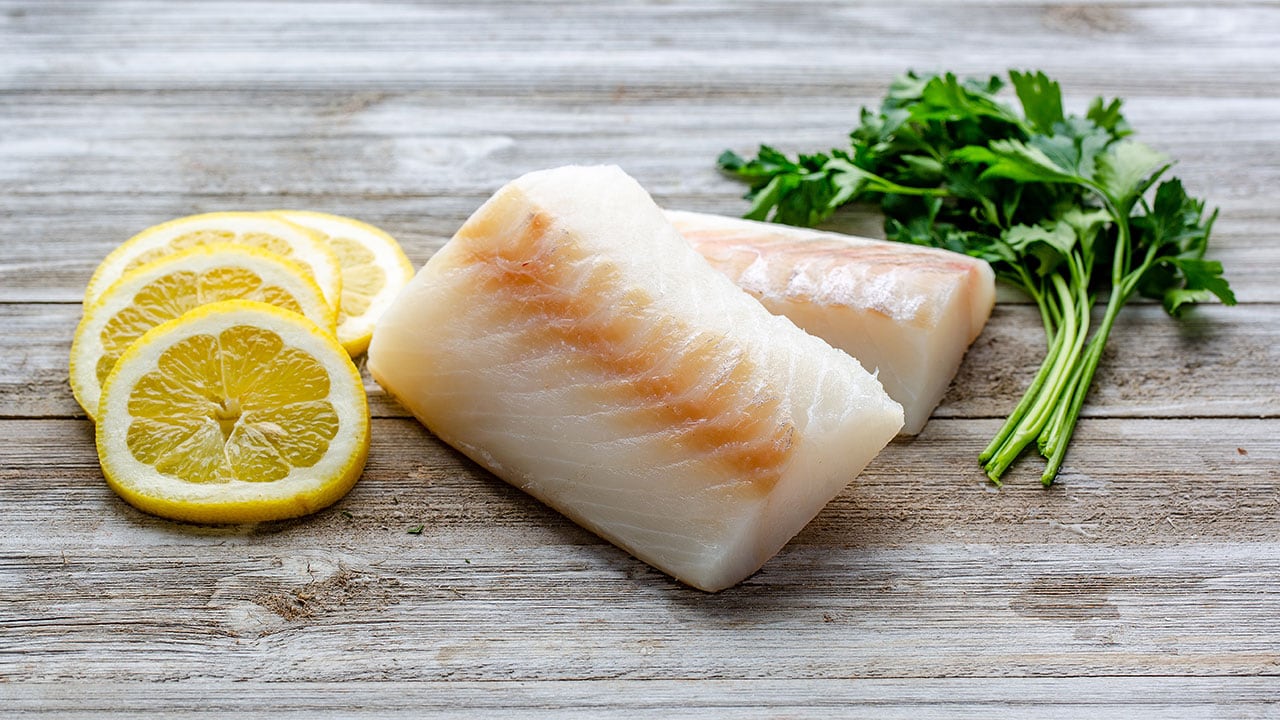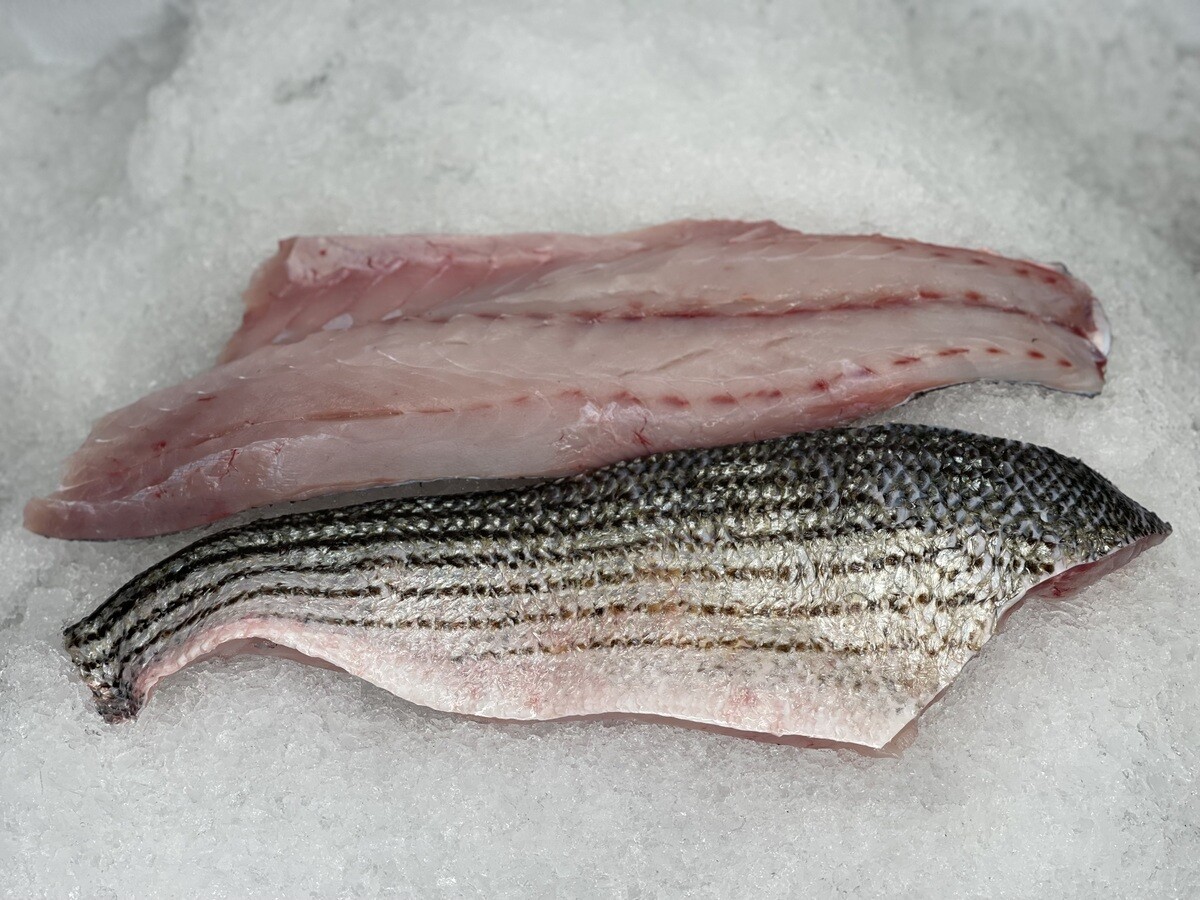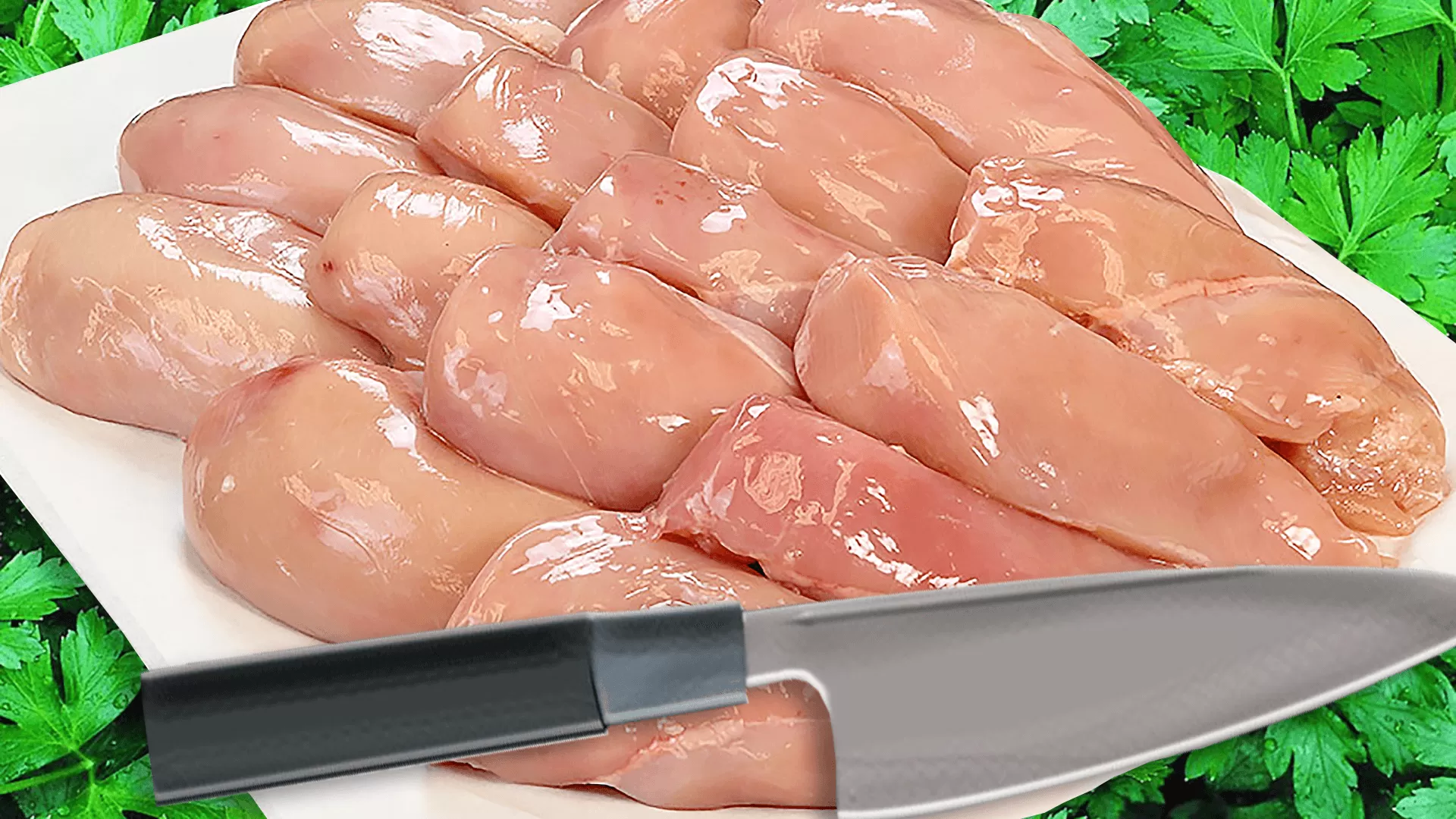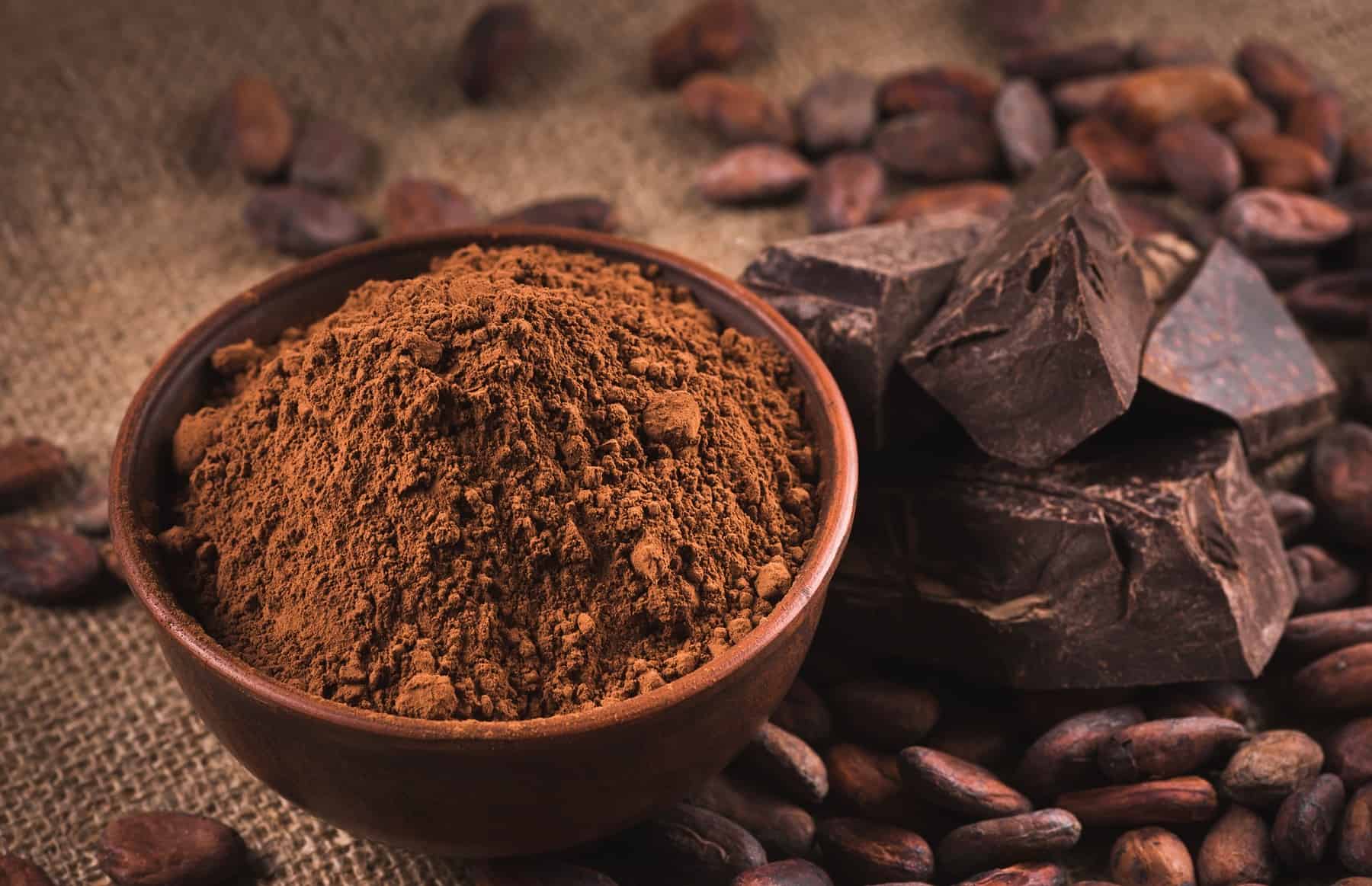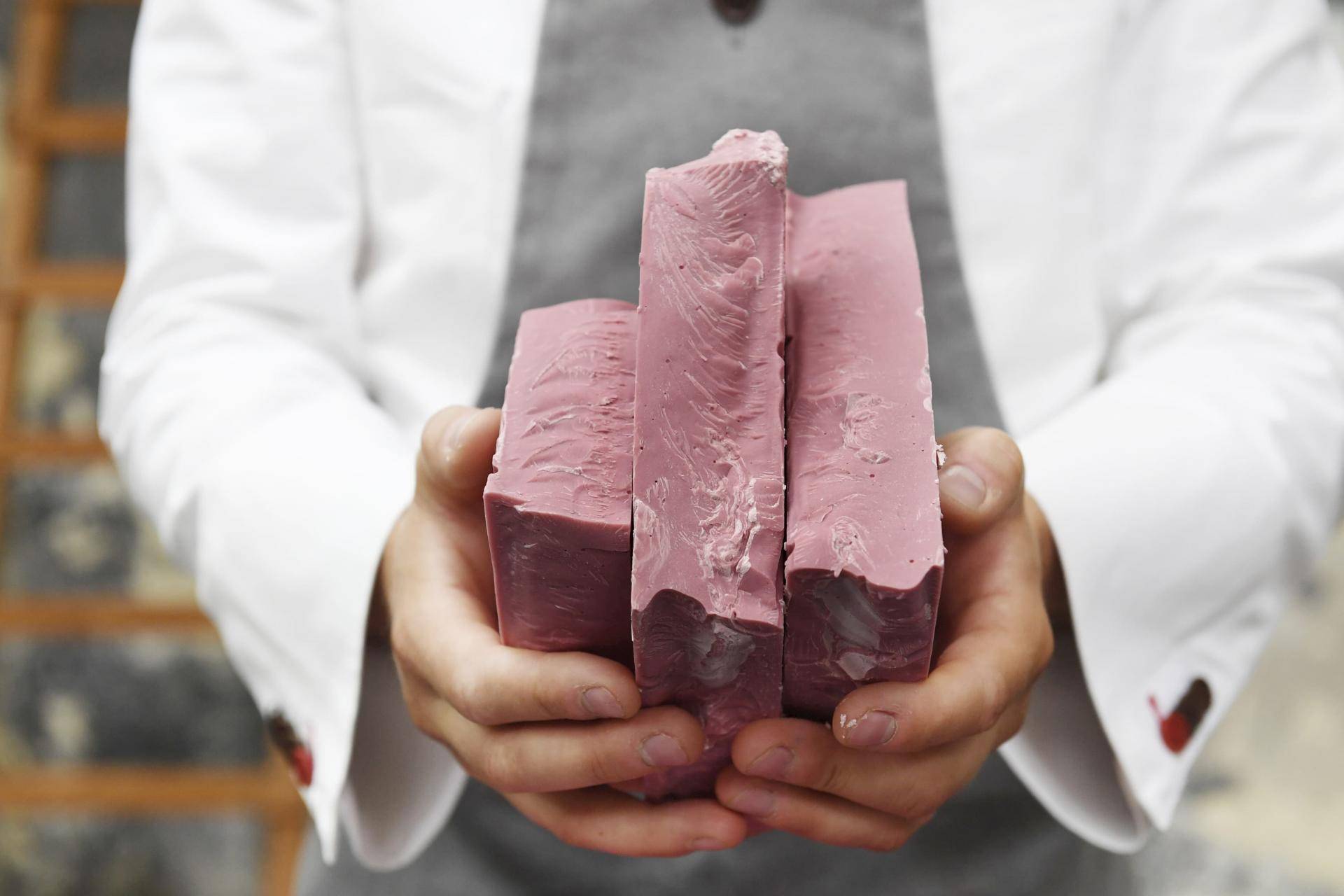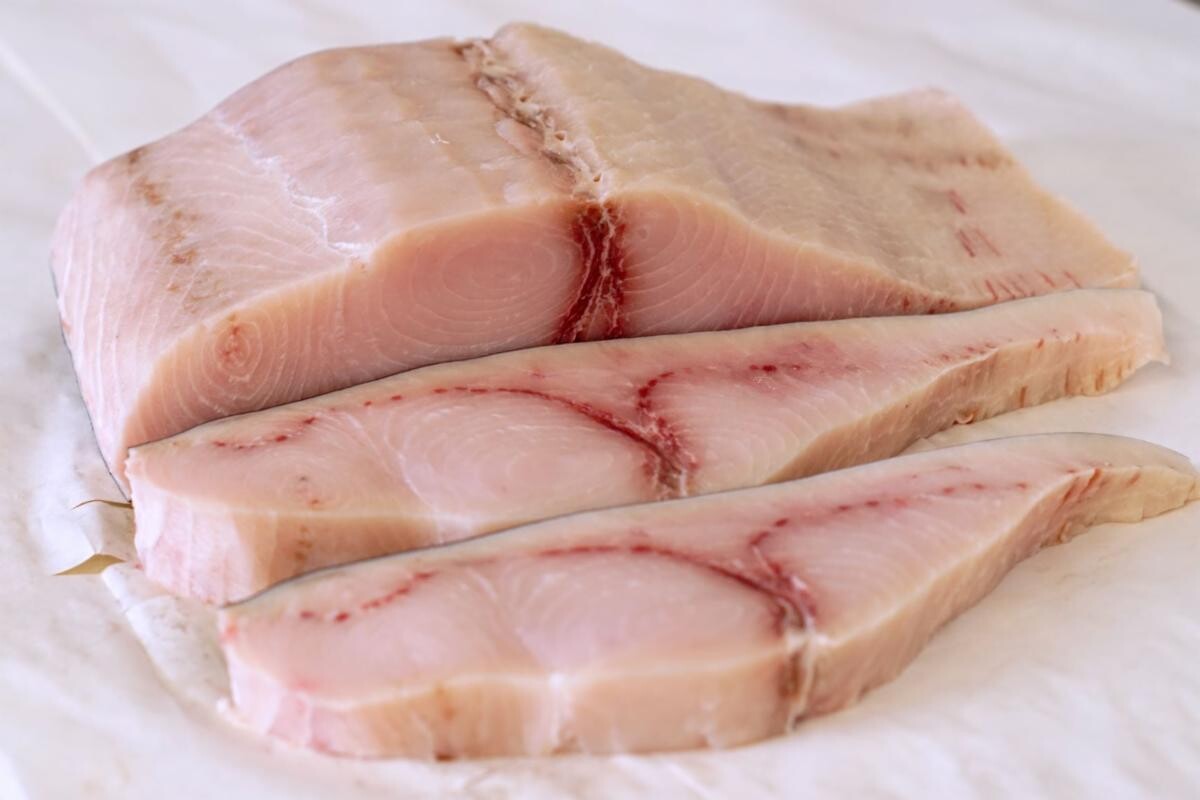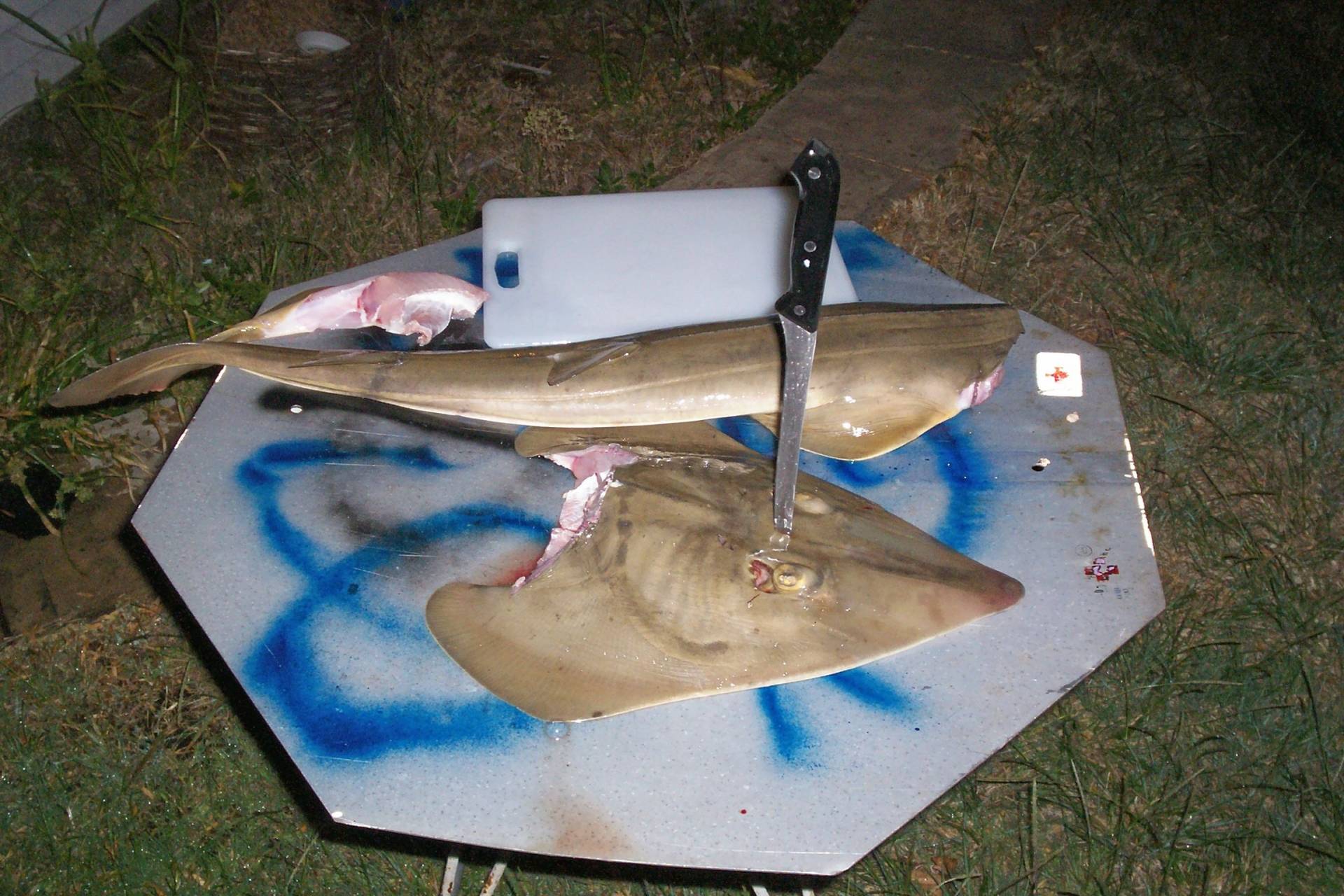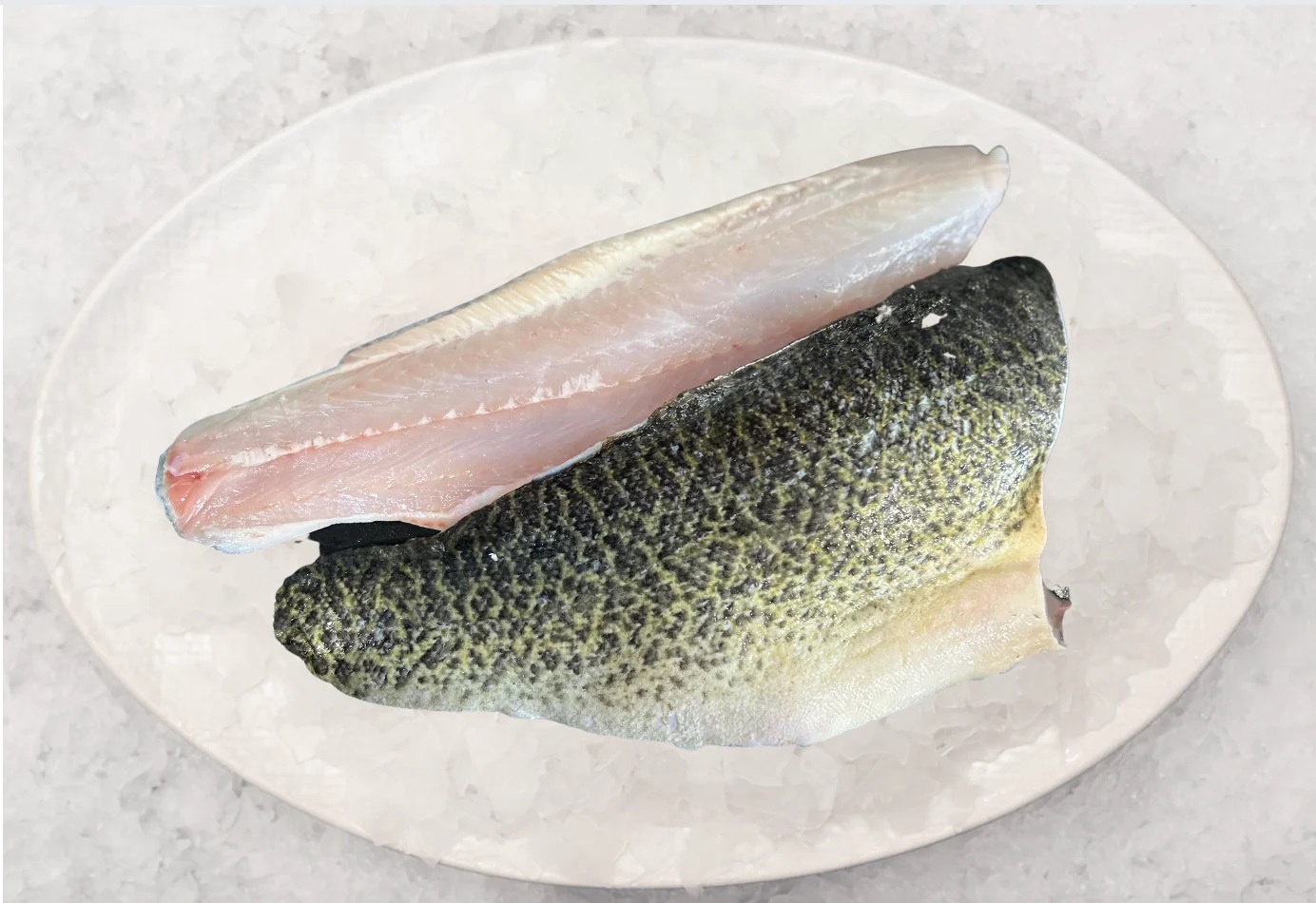Mastering the Art of Fish Filleting
Learning how to fillet a fish is an essential skill for any seafood lover and aspiring home cook. Whether you’ve just returned from a successful fishing trip or picked up a fresh catch from the market, knowing how to properly fillet a fish will allow you to make the most of your culinary creations. Follow these simple steps to master the art of fish filleting.
Prepare Your Workspace
Before you begin, ensure that you have a clean and spacious workspace. Gather the necessary tools, including a sharp fillet knife, cutting board, and a bowl for discarding scraps. Having a proper setup will make the filleting process much smoother.
Selecting the Right Fish
When choosing a fish for filleting, opt for one that is fresh and firm to the touch. Popular choices for filleting include salmon, trout, bass, and snapper. The size of the fish will also determine the filleting technique you use.
Step-by-Step Filleting Guide
Follow these steps to fillet a fish like a pro:
- Remove the Scales: Use a fish scaler or the back of a knife to remove the scales from the fish’s skin. This step is crucial for a clean filleting process.
- Cut Behind the Gills: Make a diagonal cut behind the fish’s gills to create an opening for the fillet knife.
- Insert the Knife: Insert the fillet knife into the opening and make a long, steady cut along the fish’s backbone, from head to tail.
- Separate the Fillet: Once the initial cut is made, carefully separate the fillet from the fish’s body by gently sliding the knife along the ribcage.
- Repeat on the Other Side: Turn the fish over and repeat the process to remove the second fillet.
Tips for Success
Here are some additional tips to keep in mind as you perfect your fish filleting technique:
- Use a Sharp Knife: A sharp fillet knife is essential for clean and precise cuts. Keep a sharpening tool handy to maintain the knife’s edge.
- Work Carefully: Take your time and work methodically to avoid damaging the fillet or leaving behind any bones.
- Practice Makes Perfect: Filleting fish is a skill that improves with practice. Don’t be discouraged if your first attempts aren’t flawless.
Utilizing Your Filleted Fish
Once you’ve successfully filleted your fish, the culinary possibilities are endless. From grilling and pan-searing to baking and ceviche, filleted fish can be used in a wide range of delicious recipes. Experiment with different seasoning and cooking methods to discover your favorite way to enjoy fresh fish.
Conclusion
Mastering the art of fish filleting is a valuable skill that opens up a world of culinary opportunities. With the right tools and techniques, you can confidently transform a whole fish into beautiful, boneless fillets ready for cooking. Embrace the process, practice regularly, and soon you’ll be filleting fish with precision and ease.
More Delicious Recipes Featuring Filleted Fish
After mastering the art of filleting fish, the culinary world opens up with a variety of recipes that both beginners and seasoned cooks can try. For those eager to put their skills to use, consider starting with the simple yet delightful Pan-Seared Salmon with Lemon Butter Sauce. It offers a perfect balance of freshness and richness, ideal for impressing at any dinner table. For a more adventurous meal, the Fish Tacos with Mango Salsa provide a vibrant mix of flavors that showcase your ability to prepare fish in more casual yet tantalizing ways. We also highly recommend the Ceviche Made with Fresh Filleted Fish, which allows the delicate textures and natural flavors of the fish to shine through, perfect for a light lunch or as an elegant appetizer.
